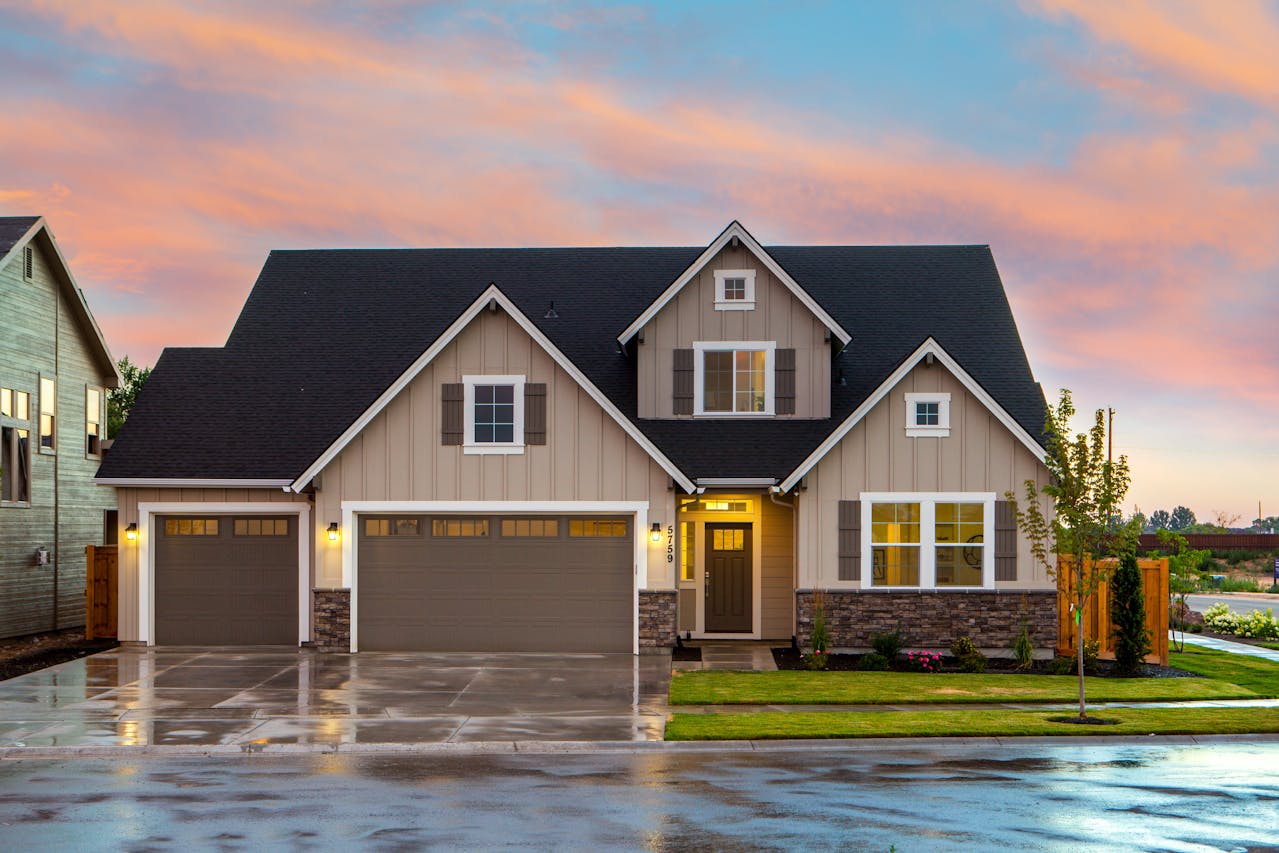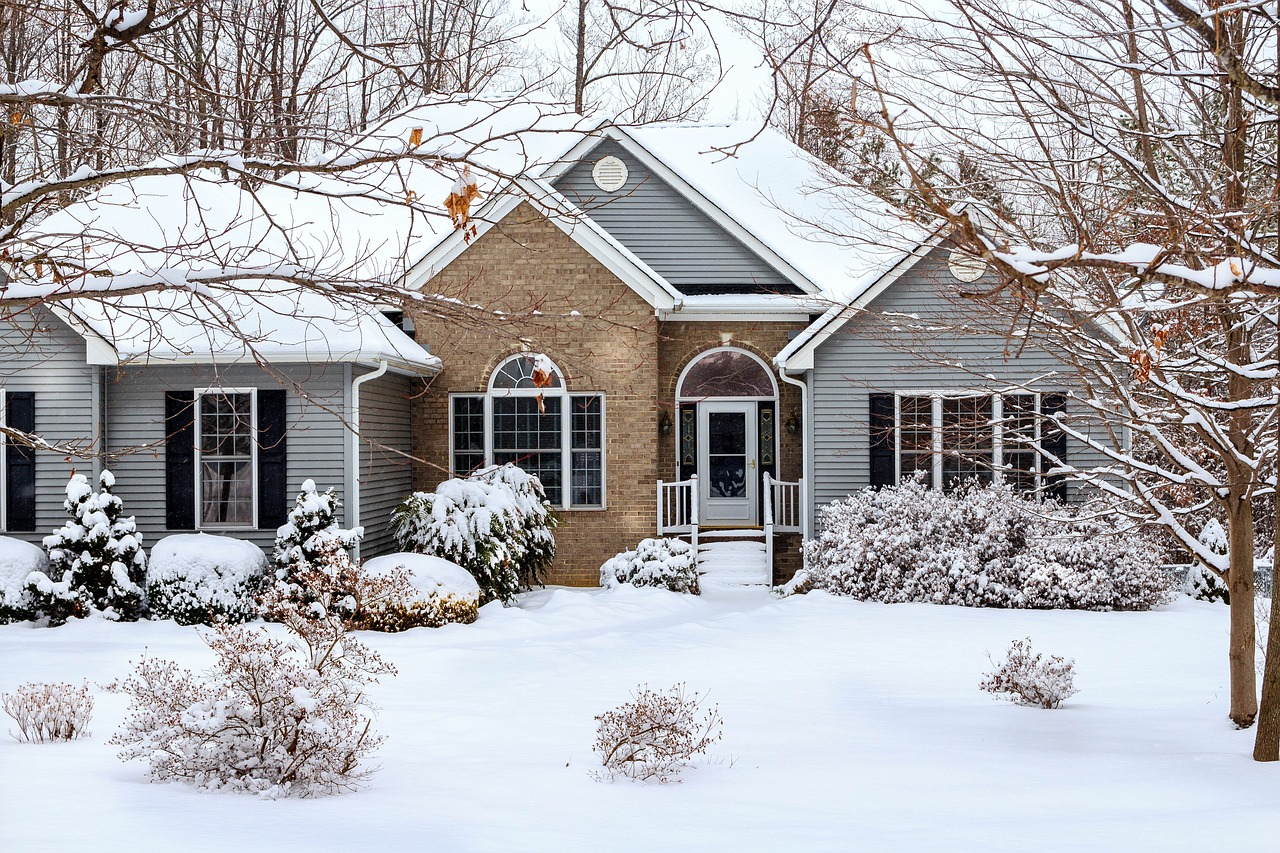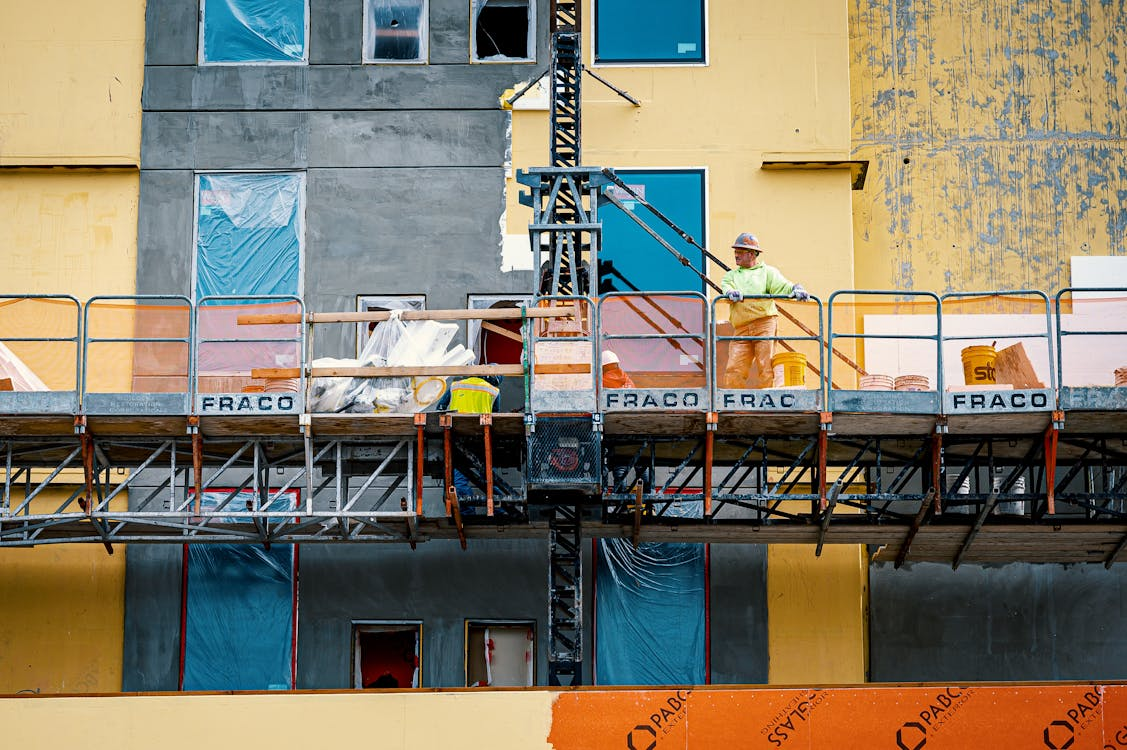Comments
- No comments found

The rise of technology has brought about significant changes, notably for siding contractors.
This revolution, marked by the adoption of cutting-edge tools, software, and materials, is reshaping how siding projects are planned, executed, and delivered. From enhanced design capabilities and improved material durability to streamlined project management and communication, technology's impact is profound. This blog aims to explore the multifaceted effects of these technological advancements on siding contractors, shedding light on how they are navigating this new landscape to deliver superior results, improve efficiency, and meet the evolving demands of clients.

Siding system replacement has seen considerable improvements, providing homeowners and contractors alike with options that are not only aesthetically pleasing but also more durable and energy-efficient. Modern materials such as fiber cement, vinyl, and engineered wood, enhanced by technology, offer better resistance to weather elements and require less maintenance. Finding a local expert, whether that's a Bellevue fiber cement siding installation company or vinyl siding contractors in Denver, is now easier than ever thanks to online directories and review platforms. This allows homeowners to research and compare different contractors, ensuring they choose the best one for their project.
The integration of enhanced design and visualization tools has revolutionized the landscape for siding contractors and their clients. Sophisticated software now allows for the creation of accurate, detailed models of a home's exterior, complete with the chosen siding material, color, and style. These tools enable homeowners to visually experience the finished project before any physical work begins, ensuring their vision aligns with the outcome.
Contractors can use these models to identify potential issues, plan installations more effectively, and provide accurate estimates, reducing the likelihood of expensive changes and delays during the construction phase. This advancement not only streamlines the planning process but also improves client satisfaction by offering a transparent, collaborative approach to exterior home design.
The advent of technology has significantly optimized the installation processes for siding contractors. With the use of drones and 3D scanning technologies, contractors are now able to conduct thorough assessments of a property's exterior without the need for scaffolding or ladders. This not only increases safety but also allows for precise measurements and evaluation of the siding space, leading to more accurate installations.
Project management software has streamlined communication between contractors, suppliers, and clients, ensuring that projects are completed on schedule and within budget. These technological advancements have reduced the margin for error, minimized waste, and ensured that installation processes are smoother and more efficient, thereby enhancing the overall quality of the finished project.

The quest for more energy-efficient homes has significantly influenced the siding industry, propelling advancements in material technology and installation techniques. Today's siding materials are engineered not just for durability and visual appeal but also for their thermal properties, helping to keep homes warmer in the winter and cooler in the summer. Innovations such as insulated vinyl siding and advanced composite materials offer improved R-values, reducing energy consumption and lowering utility bills for homeowners.
The integration of smart technologies with siding systems is on the rise. These include solar panel siding that can generate electricity and smart barriers that adapt to weather conditions to optimize insulation dynamically. Such advancements are not only making homes more energy-efficient but are also contributing to the broader goals of sustainability and environmental protection. This progression towards more energy-efficient siding solutions embodies the industry's commitment to meeting the growing demand for green building practices and sustainable living.
The digital transformation within the siding industry extends beyond installation and efficiency improvements—the advent of remote monitoring and maintenance technologies heralds a new era for siding contractors and homeowners. Advanced sensor technologies and IoT (Internet of Things) devices are now being incorporated into siding systems, enabling real-time monitoring of a building's exterior health. This smart siding technology can detect issues such as moisture ingress, temperature fluctuations, or even structural compromises, alerting contractors and homeowners to potential problems before they escalate.
For siding contractors, this means they can offer ongoing maintenance services based on precise, data-driven insights, rather than routine checks or homeowner reports. Remote diagnostics allow for identifying the exact nature and location of an issue, making it possible to address problems more efficiently and effectively. Homeowners benefit from peace of mind, knowing that their home's siding is continually monitored for any signs of wear or damage, ensuring that their investment is protected.
The impact of technology on siding contractors is undeniable. From improved materials and design capabilities to streamlined project management and energy-efficient solutions, technology has revolutionized the siding industry, enabling contractors to deliver superior results for their clients. As these advancements continue to evolve, we can expect even more innovative solutions that will further enhance the efficiency, sustainability, and aesthetic appeal of exterior home renovations.
Leave your comments
Post comment as a guest